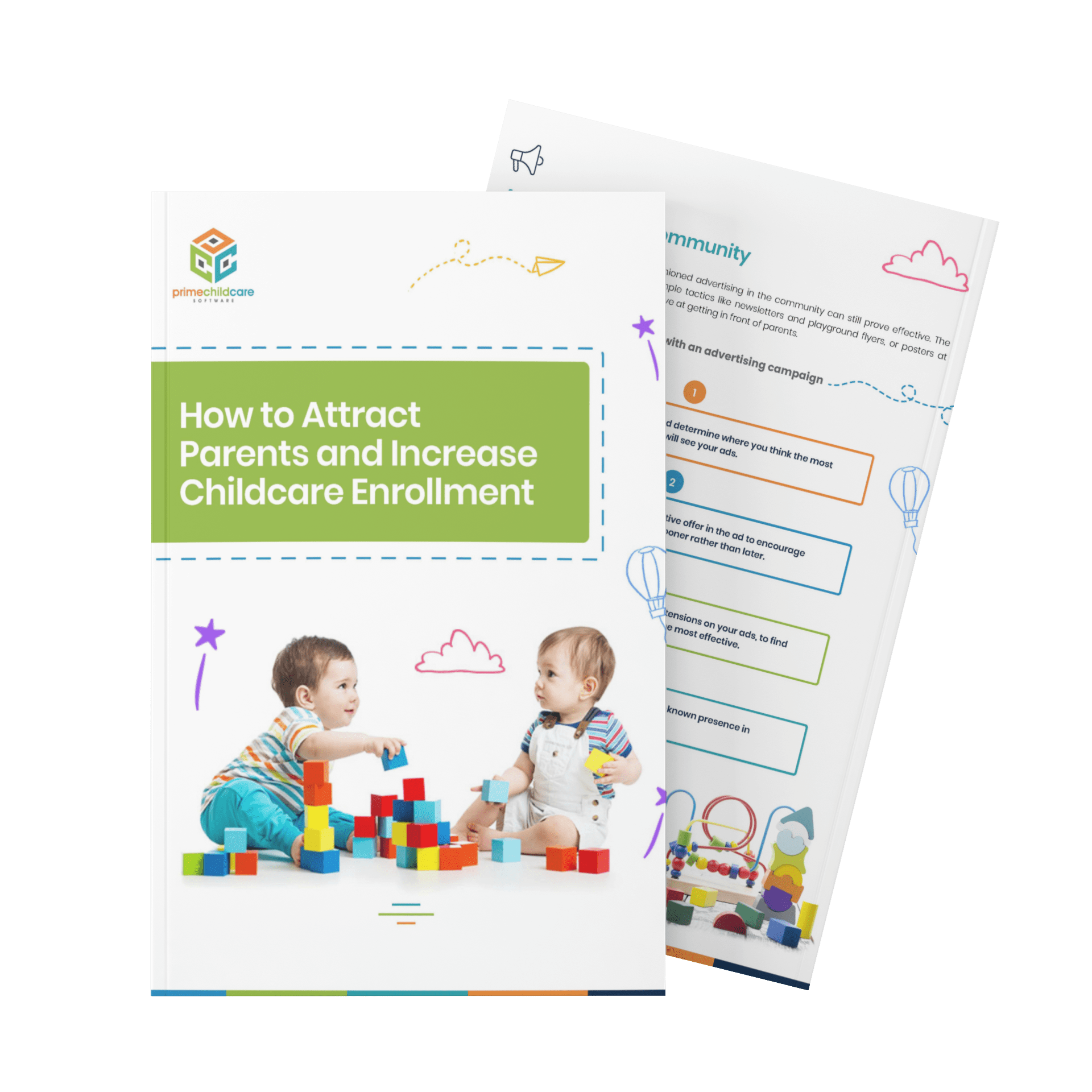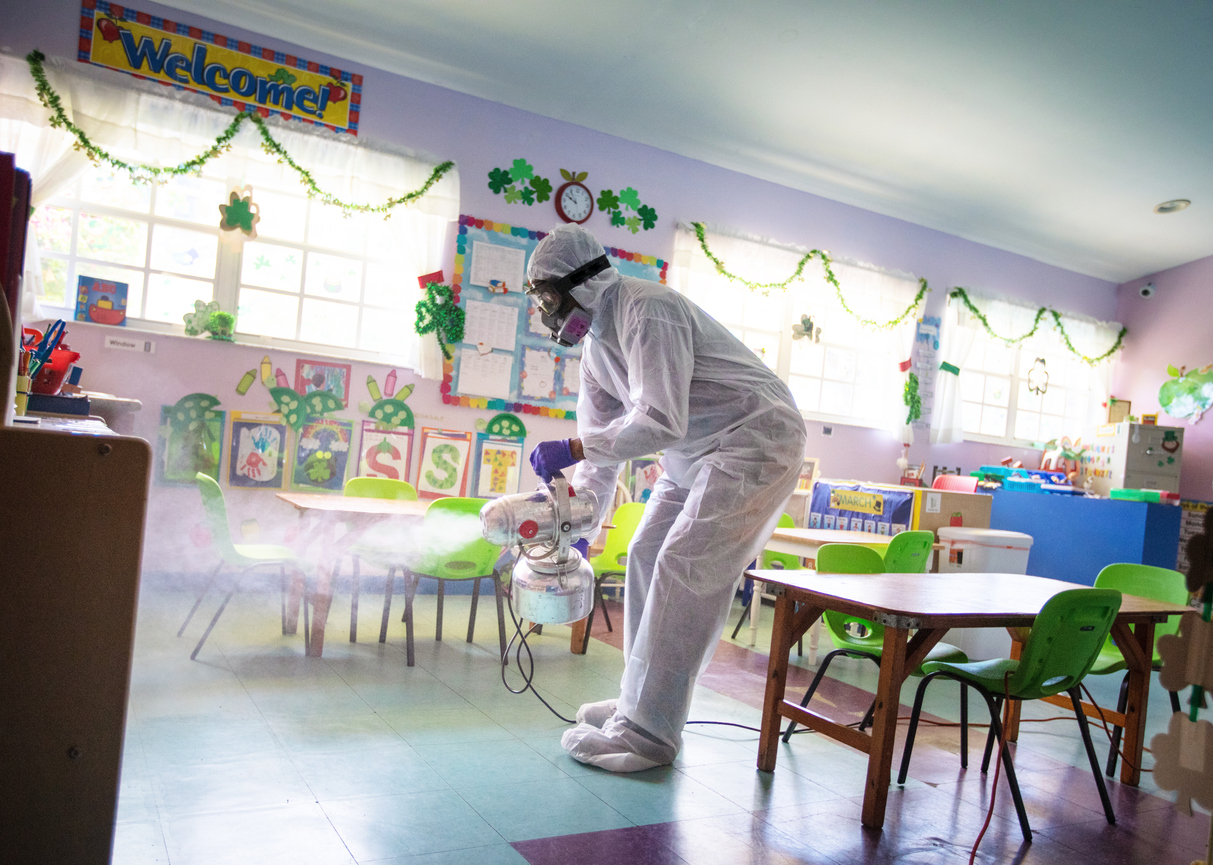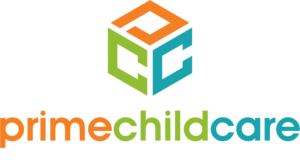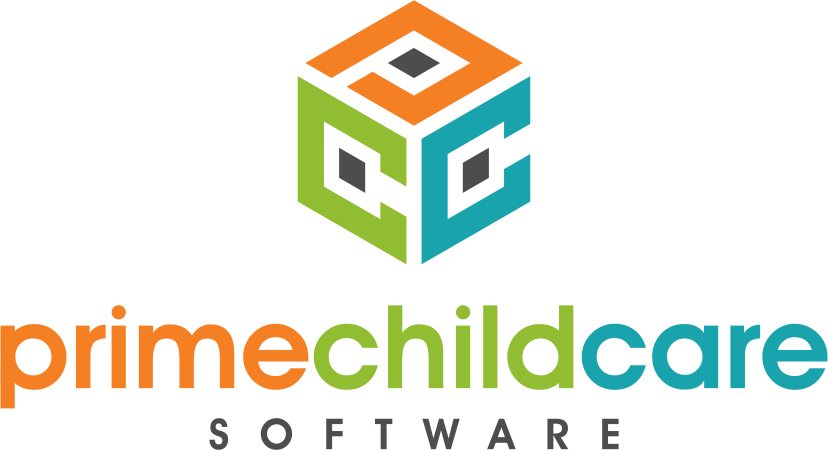
Adding a New Revenue Stream With Drop-In Childcare
Hard times call for creative measures. Learn how to diversify your income stream with drop-in care. … Read More

Hard times call for creative measures. Learn how to diversify your income stream with drop-in care. … Read More

Children love summer. With these July classroom ideas, you’ll keep them happy, engaged, and content all the way to August! … Read More

More parents are working from home than ever before. We share our best tips for encouraging parents to send their kids back to daycare. … Read More

You believe in the Montessori philosophy of learning. Now, all you have to do is share it with the world. Learn how to increase your enrollment with these social media marketing ideas. … Read More

There is an art to attracting and winning over parents when you are trying to boost your enrollment.
Check out this guide for some tips that will help you to help tackle the question of how to increase the number of enrolled and waitlisted kiddos for your center. … Read More

How do you get parents to choose your daycare? Are you struggling to increase your enrollment numbers? If so, implement our top digital marketing strategies today! … Read More

Summer is finally here! Implement these classroom ideas to keep your young charges excited about learning. … Read More

Running a successful facility requires consistent and open lines of communication with parents. But, what happens when they ignore your attempts at communicating? This is where a dedicated daycare mobile app comes in. … Read More

Are you getting ready to reopen your daycare? Get important information about what it takes to reopen safely post-COVID-19. … Read More

We work tirelessly to build reliable, easy-to-use software that simplifies the most complex and time-consuming parts of child care administration so that our customers can stay focused on successful relationships with children, parents, and staff.
© 2014-2021 Ledger Software, LLC. All Rights Reserved. Privacy Policy

